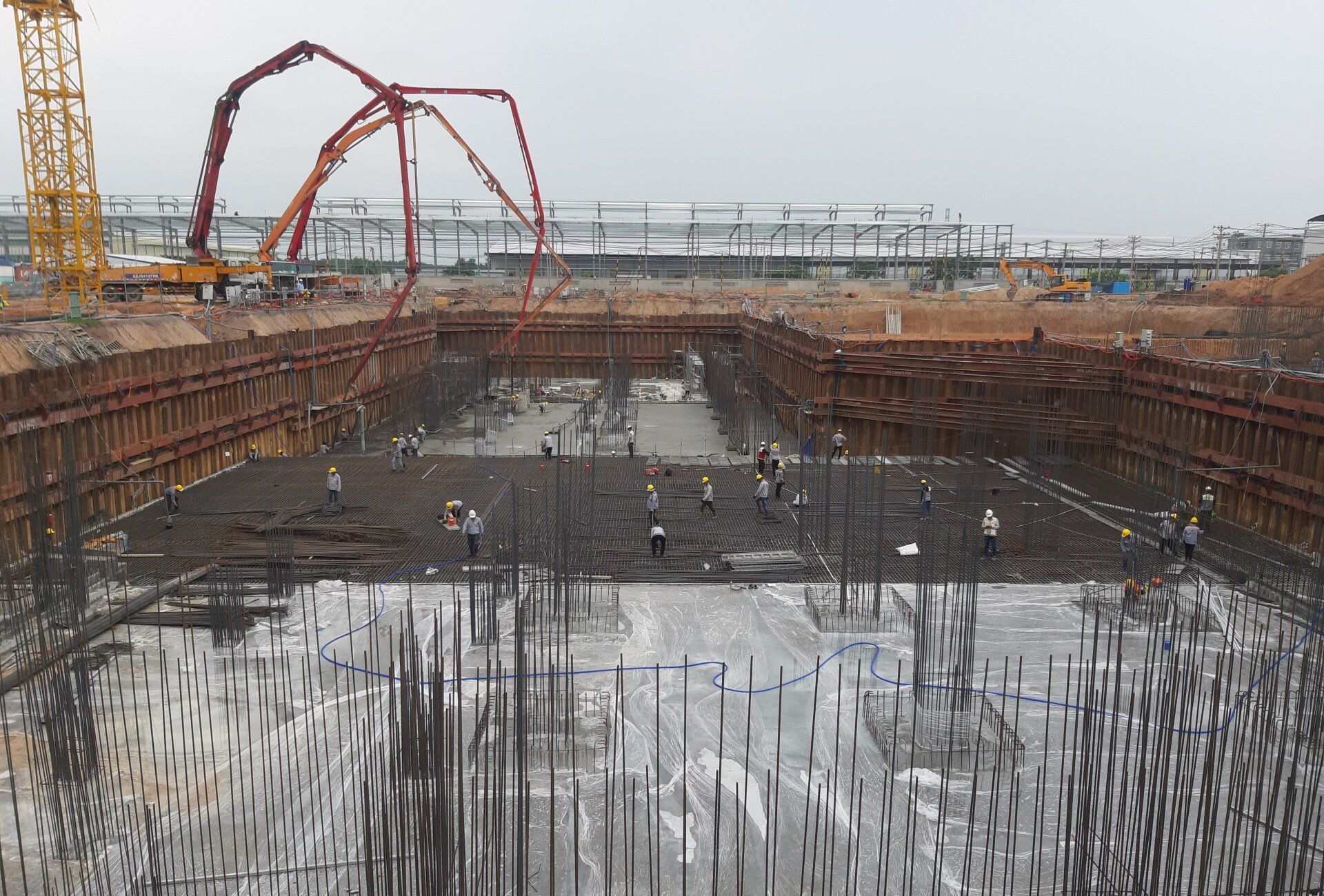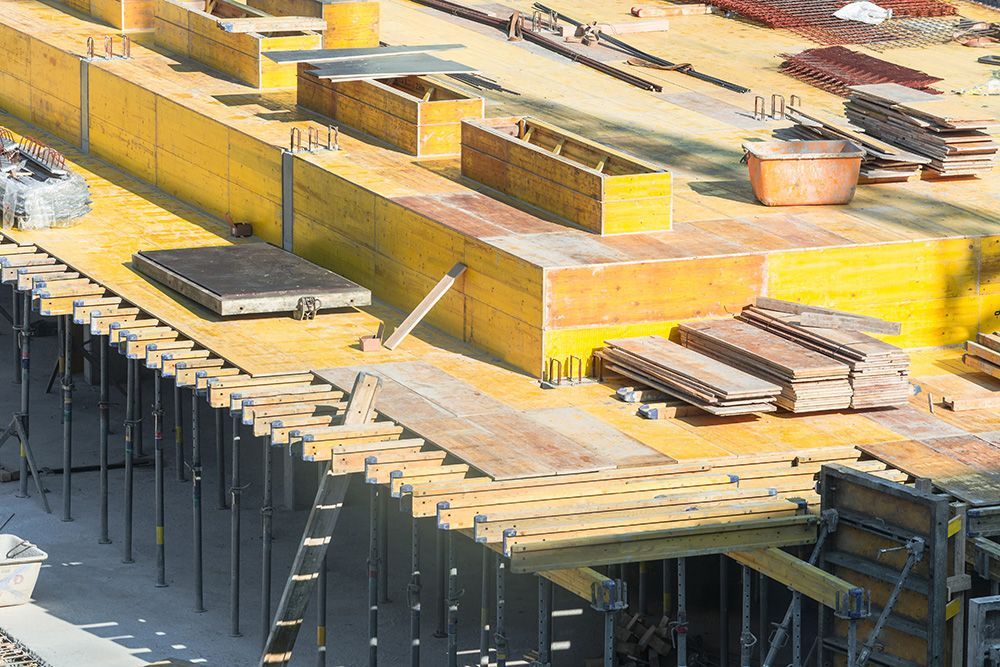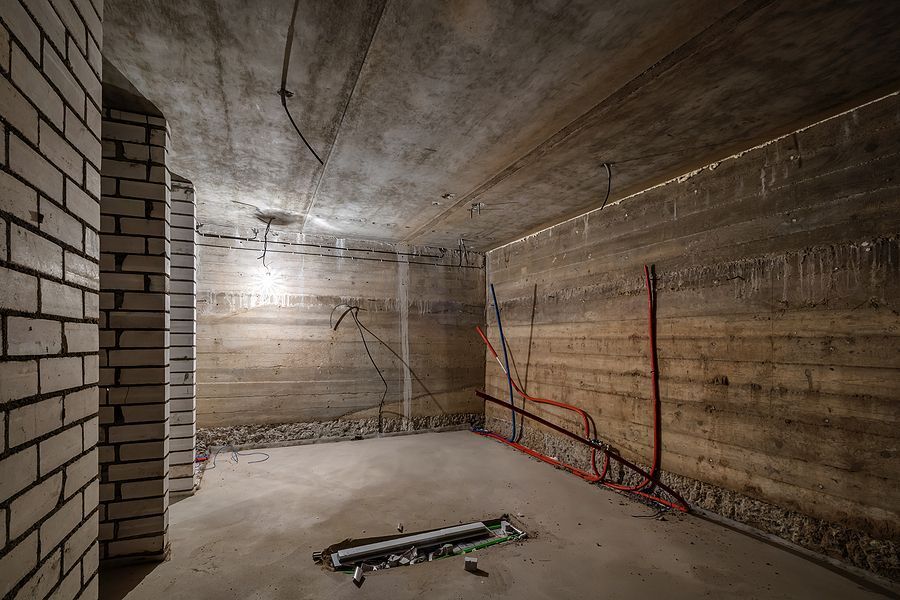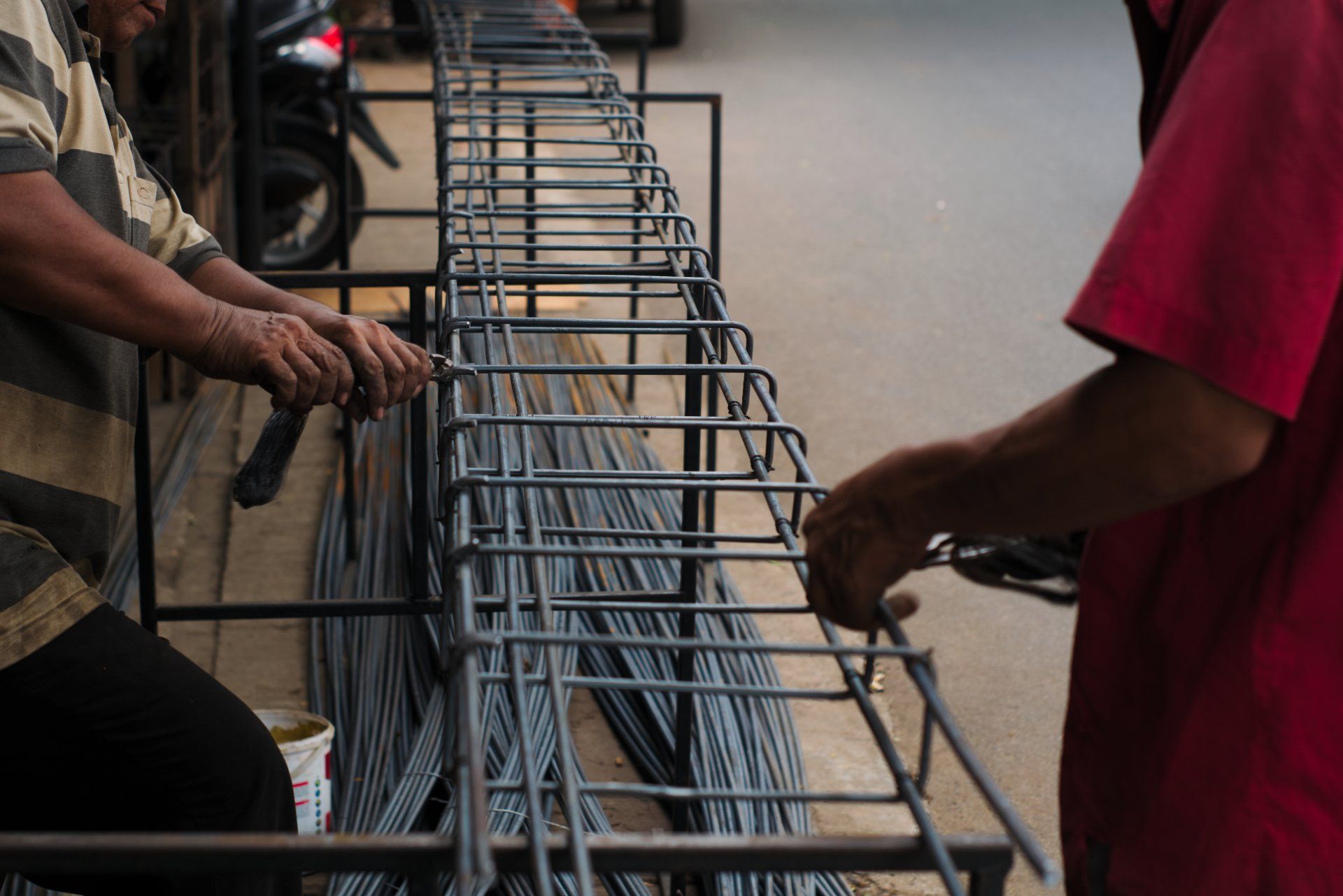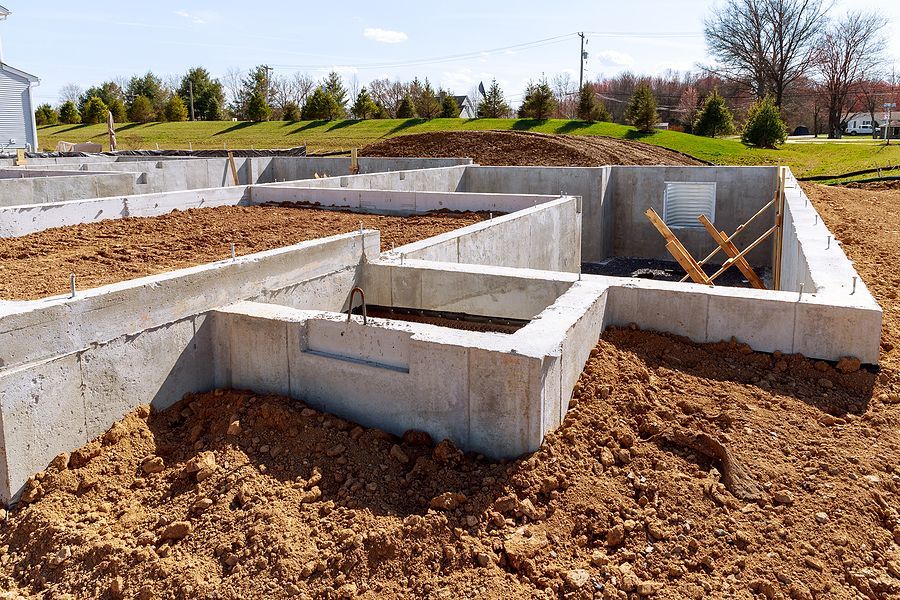Steady as She Goes: A Step-by-Step Guide to Foundation Leveling
Ensuring Stability from the Ground Up: Your Ultimate Guide to Foundation Leveling Services
Foundation leveling is an essential aspect of maintaining the structural integrity of your home. Over time, various factors such as soil conditions, weather changes, and natural settling can lead to foundation problems. These issues may manifest as uneven floors, foundation cracks, and other structural challenges. Addressing these foundation issues promptly with the help of foundation experts is crucial to prevent further damage. This guide provides a step-by-step overview of foundation leveling, incorporating all the necessary keywords to help homeowners understand the process and what it entails.

Understanding Foundation Issues
The first step in foundation leveling is recognizing the signs of foundation problems. These can include visible foundation cracks, uneven floors inside the house, doors, and windows that stick or won't close properly, and gaps between walls and the floor or ceiling. Texas foundation experts often point out that these issues are particularly prevalent in areas with extreme weather conditions or expansive clay soils.
The Role of Foundation Experts
Foundation work is not a DIY project. It requires the expertise of foundation experts who have the knowledge, tools, and experience to assess and correct foundation issues effectively. Foundation services encompass a range of solutions tailored to address the specific needs of your home's foundation.
Foundation Leveling Process
- Initial Assessment: The process begins with a thorough inspection of your property to identify the underlying causes of foundation problems. Foundation experts use various diagnostic tools, including foundation leveling tools, to assess the extent of the damage.
- Planning and Proposal: Based on the initial assessment, the foundation service provider will outline a plan to address the foundation issues. This plan includes a detailed proposal outlining the scope of work, the foundation leveling methods to be used, and the estimated cost.
- Preparation: Before the foundation work begins, necessary preparations are made to ensure the safety of the structure and its occupants. This may include removing or relocating utilities, landscaping, and any obstacles that could interfere with the leveling process.
- Foundation Leveling: The actual process of foundation leveling varies depending on the specific needs of your home. Techniques may include the use of concrete leveling service, which involves pumping concrete filler under the foundation to raise and level it. For homes with pier and beam foundations, home leveling may involve adjusting or replacing the piers and beams to correct the foundation's slope.
- Concrete Filler and Level Concrete: In cases where the foundation has settled or cracked, concrete filler is used to level concrete surfaces and fill in cracks. This step is crucial for restoring the structural integrity of the foundation.
- Foundation and Drainage Repair: Addressing foundation issues often involves repairing or improving the home's drainage system to prevent future water damage. Proper drainage is essential for maintaining foundation stability.
- Finishing Touches: Once the foundation has been leveled and any necessary repairs have been made, the final step involves cleaning up the work area and restoring any landscaping or features that were disturbed during the process.
Maintenance and Prevention
After foundation leveling, it's important to take preventive measures to avoid future foundation problems. This includes maintaining proper drainage around your home, monitoring for new signs of foundation issues, and scheduling regular inspections by foundation experts.
Advanced Techniques in Foundation Leveling
Hydraulic Lifting and Piering
One of the most advanced and reliable methods for foundation leveling involves hydraulic lifting, often referred to as piering. This process involves driving steel or concrete piers into the ground beneath the foundation until they reach stable soil. Hydraulic jacks are then used to lift the foundation to its original level. This method is particularly effective for addressing significant foundation settlement issues and is a staple among Texas foundation experts.
Polyurethane Foam Injection
Another innovative technique in the realm of concrete leveling service is polyurethane foam injection. This method is less invasive and can be completed more quickly than traditional methods. It involves injecting a high-density foam beneath the foundation, which then expands and hardens, raising the foundation back to its proper level. This technique is ideal for correcting minor to moderate uneven floors and is noted for its durability and cost-effectiveness.
Importance of Soil Analysis
A critical step that is often overlooked in the foundation leveling process is soil analysis. Understanding the composition and behavior of the soil beneath your home is crucial for determining the most effective foundation repair method. Soil that is prone to expansion and contraction, commonly found in Texas, can lead to recurring foundation issues if not properly addressed. Foundation experts typically conduct soil tests as part of their initial assessment to tailor their repair strategies accordingly.
Customized Foundation Solutions
Each home's foundation issues are unique, necessitating customized solutions. For instance, homes with slab foundations might require a different approach compared to those with pier and beam structures. In some cases, a combination of methods, such as concrete filler for cracks and hydraulic piers for leveling, may be necessary to comprehensively address the foundation problems.
Long-Term Care and Monitoring
After the completion of foundation leveling work, long-term care and monitoring become paramount to prevent future issues. Homeowners should be proactive in monitoring their foundation, looking out for new signs of movement or damage. Regular maintenance, such as ensuring proper soil moisture levels and installing root barriers to protect against tree root growth, can significantly reduce the risk of future foundation problems.
The Role of Professional Assessments
Finally, the value of professional assessments cannot be overstated. Regular inspections by certified foundation experts can help catch potential issues early, before they become major problems. These professionals can also provide valuable advice on maintaining your foundation, tailoring their recommendations to your home's specific conditions and the local environment.
Conclusion
Expanding our understanding of foundation leveling beyond the basics into more advanced techniques, soil analysis, and the importance of customized solutions highlights the complexity of foundation work. By leveraging the expertise of foundation experts and embracing a proactive approach to foundation care, homeowners can ensure the longevity and stability of their homes. Remember, investing in quality foundation leveling and maintenance is an investment in the safety, comfort, and value of your home.


